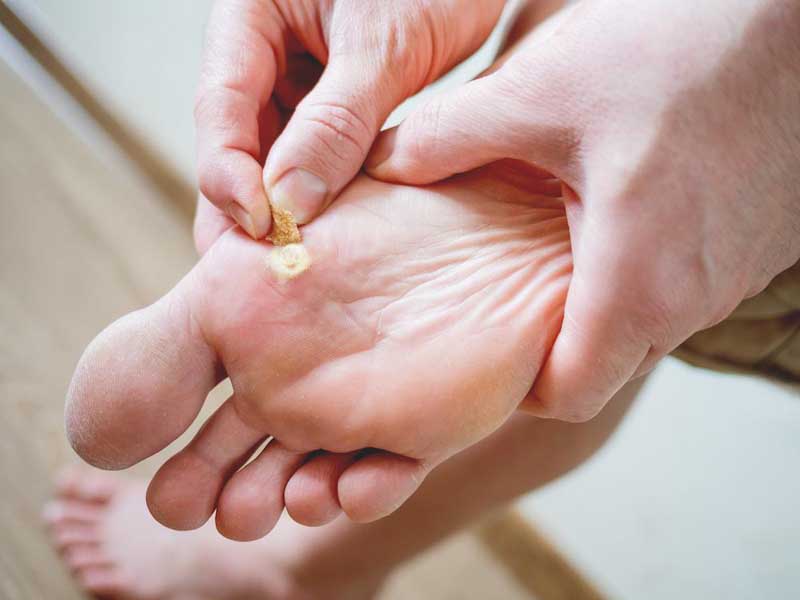Call Us
310-274-4401
Blog
Understanding the Many Types of Warts

Pink or tan, round or elongated, large or small — warts come in a wide variety of shapes, sizes, and colors. But even though they look different, they all share one thing: They are all caused by an infection with the human papillomavirus (HPV), a family of more than 100 distinct virus types.
Warts are common, affecting about 5% of adults in the United States and up to a third of kids and teens. While some warts are easy to identify, others can be confused with more serious problems, like skin cancer.
The team at Rapaport Dermatology is skilled in diagnosing and treating warts, helping patients in Beverly Hills and Culver City, California, eliminate warts, along with the embarrassment and other symptoms they can cause. Here is how to tell the difference between these six common types of warts.
Six Types of Warts
Even though all warts begin as an HPV infection, they can still be divided into “types,” depending on which virus strain causes the infection, where they are located, and, to some extent, their appearance.
Plantar Warts
These warts grow on the bottom of your foot, usually up near the toes or ball portion. Sometimes, they have tiny dark flecks, caused by inflamed or broken blood vessels inside the wart. Over time, they can develop a cauliflower-like appearance. Plantar warts can cause a lot of pain when you are walking or standing, and they need prompt treatment to prevent symptoms from interfering with your regular activities.
Mosaic Warts
Also called recalcitrant plantar warts, mosaic warts are actually a cluster of tiny plantar warts. These clusters can be very difficult to treat, and like plantar warts, they need prompt medical attention to prevent pain when walking and standing.
Periungual Warts
These warts develop around the nail beds on your fingers or toes. Without treatment, they can cause the nails to become deformed, making it easier for other infections to set in.
Common Warts
Well named, because these warts can show up in lots of places, including your hands, feet, and face. They can be tiny — the size of a pinhead — or grow to the size of a pea. Over time, the surface becomes rough, and it may be dotted with tiny black specks from underlying vessels.
Flat Warts
In addition to being flat, these warts are very tiny, typically forming on the face, forehead, or backs of the hands. They can be tan or fleshy in appearance, and because of their size, they can be hard to see.
Filiform Warts
These flat warts appear on the face — most commonly on the lips and eyelids, although they can sometimes show up on the neck, legs, or fingers. Filiform warts are flat, long, and narrow, and they can be pink, tan, yellowish, or flesh-tone.
All Skin Growths Require Medical Attention
Even though warts are benign, they can still be painful and embarrassing. What is more, some cancers can imitate warts, which makes diagnosis even more important. If you have a wart or any unusual skin growth, call our office or use our online form and schedule an appointment today.
